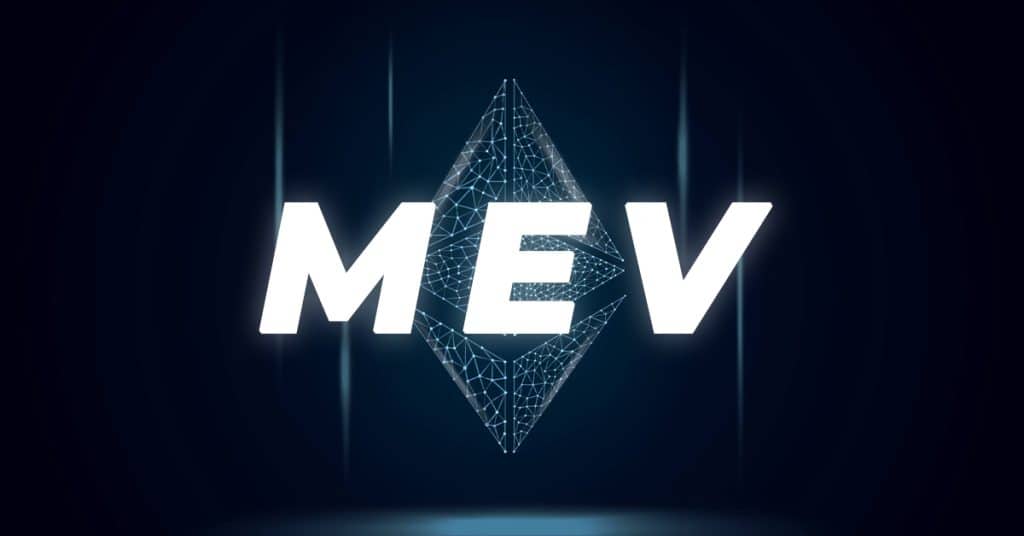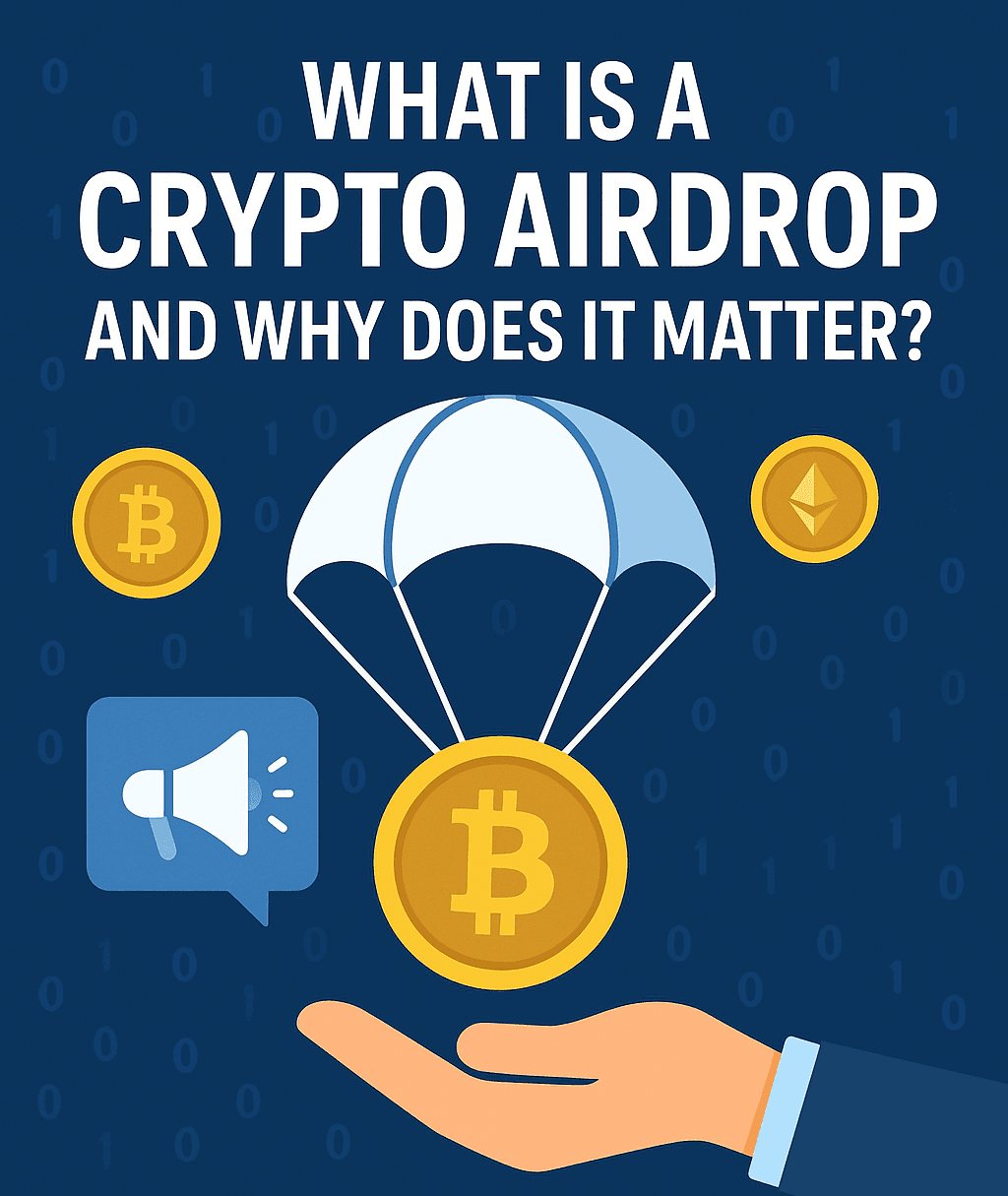Have you ever made a trade on a decentralized exchange, let’s say Uniswap, and felt that the final price you got was just a little bit worse than you expected? Maybe you’ve watched your transaction pend for a moment, only to see the token’s price tick up right against you before it went through. If that feeling is familiar, then you’ve likely been touched by an invisible, high-stakes game constantly being played in the background of the blockchain—a game called Maximal Extractable Value (MEV).

As an on-chain analyst, I spend my days sifting through transactions in what many of us have nicknamed the “dark forest” of the blockchain. It’s a raw, transparent wilderness where every potential move is visible, and sophisticated bots are always hunting for profitable opportunities. Honestly, understanding what MEV is is like being handed a map and a torch in this forest. It’s a dense and often intimidating topic, but it’s one of the most powerful forces shaping the world of decentralized finance.
My goal here is to pull back the curtain on MEV explained in plain English. I’ll use my own experiences to show you how it works, the very real risks it poses, and most importantly, how you can protect yourself.
Disclaimer: This article is purely for educational purposes and is not financial advice. The concepts we’re about to dive into are complex and come with serious financial and technical risks. The crypto market is, and always will be, speculative and volatile.
What Is MEV?
So, let’s get right to it: what is a MEV? If I had to explain it to a friend, I’d say Maximal Extractable Value is the total profit a validator (the person who builds and confirms a block of transactions) can squeeze out by playing games with the order of those transactions.
Think of it like this: when you send a transaction, it doesn’t instantly appear on the blockchain. It goes into a public waiting room, a digital lobby called the “mempool.” Validators are like the bouncers at the front of the line—they decide who gets into the club (the next block) and in what order. Since they are motivated by profit, they don’t just order things first-come, first-served. They arrange the line in a way that makes them the most money. This power to reorder transactions for profit is the very heart of MEV in crypto. It can feel like an invisible tax on users, but it’s a natural result of how these systems are designed.
How Does MEV Function in Blockchain Networks?
To really understand the mev meaning crypto, you have to follow the money. Here’s how a typical scenario unfolds, from your click to the final block.
- You Start a Transaction: You decide to swap some ETH for a hot new token. You hit “confirm” in your wallet, and your order is sent out to the network.
- The Mempool Pit Stop: Your transaction is now sitting in the public mempool. It’s like an open playing card—its contents, what you’re buying and for how much, are visible to anyone watching.
- The “Searchers” Pounce: Highly specialized bots, which we call “searchers,” are constantly scanning this mempool for patterns that spell profit. One of these bots might see your large purchase order and immediately recognize an MEV opportunity.
- The Bribe is Made: The searcher crafts a “bundle” of transactions. This package might include their own transaction placed just ahead of yours, and maybe another one right after. They then offer a juicy “tip” or bribe to a validator to get their bundle included in the next block in that exact order.
- The Validator Finalizes the Block: The validator, looking to make as much profit as possible, naturally accepts the most lucrative bribes. They arrange the transactions as requested by the searcher, finalize the block, and add it to the permanent history of the blockchain.
This entire drama unfolds in the few seconds it takes for your transaction to confirm. The mev blockchain dynamic is essentially a non-stop, high-speed auction for control over transaction ordering.
Different Types of MEV and Real-World Examples
MEV isn’t just one thing; it’s a whole playbook of strategies. I’ve seen these play out thousands of times on-chain, and they range from harmless to downright predatory.
DEX Arbitrage
This is the most common and, frankly, the most beneficial form of mev crypto. It’s just bots profiting from tiny price differences across various exchanges. If a searcher sees that 1 ETH can buy 3,000 USDC on Uniswap but is selling for 3,005 USDC on SushiSwap, they’ll execute a flash trade to buy on Uniswap and sell on SushiSwap, pocketing a near risk-free $5. This actually helps the ecosystem by keeping prices aligned everywhere.
Liquidations
On lending platforms like Aave or Compound, if your collateral’s value drops too low, your loan is flagged for liquidation. MEV bots are in a constant race to be the first to trigger that liquidation because they get to repay the debt and claim a reward from the borrower’s collateral. It feels harsh, but this process is a crucial defense that keeps these platforms from going broke.
Sandwich Attacks
This is where MEV gets its villainous reputation, and for good reason. I’ve analyzed countless transactions where an everyday user got fleeced by one of these. Here’s what does MEV mean when it’s used against you:
- Front-running: A bot sees your large “buy” order for a token sitting in the mempool.
- The First Slice of Bread: The bot quickly places its own “buy” order for the same token, paying a higher fee to ensure it gets processed just before yours. This action nudges the price up.
- Your Order: Your purchase goes through, but at the slightly worse price caused by the bot. Your own purchase then pushes the price up even more.
- Back-running (The Second Slice): The moment your transaction is complete, the bot sells the tokens it just bought, cashing in on the price spike you created.
You are the filling in the sandwich, and the profit the bot makes is squeezed directly out of your trade’s value.
Front-running
This is the general tactic of getting your transaction in front of another person’s known transaction. The sandwich attack is a classic example, but it could also be used to try and snag a rare NFT mint just before a known buyer.
Back-running
This is the opposite: placing a transaction immediately after a known event. A bot might see a huge swap that will create a pricing imbalance and place an arbitrage trade in the same block, right after it, to instantly capture the opportunity.
Pros and Cons of MEV in Decentralized Finance
| Pros ✅ | Cons ❌ |
| Keeps Prices Efficient: Arbitrage MEV ensures that asset prices stay consistent across the DeFi ecosystem. | Exploits Everyday Users: Predatory strategies like sandwich attacks directly take money from users through worse trade execution. |
| Secures Lending Protocols: Liquidation bots are a necessary evil that protects lending platforms from bad debt. | Clogs the Network: The constant bot wars for MEV opportunities create “priority gas auctions,” driving up transaction fees for everyone. |
| Adds Economic Security: The extra revenue from MEV helps incentivize validators to honestly secure the network. | Creates Centralization Risk: The race for MEV is highly technical, leading to a few sophisticated players capturing most of the value, which isn’t great for decentralization. |
The Risks and Negative Effects of MEV on Users
From where I stand, the negative side of MEV is a serious problem. The biggest risk for you is, of course, losing money.
- Forced Slippage: A sandwich attack is basically forced slippage. You were willing to trade at one price, but a bot ensured you got a worse one.
- Wasted Gas on Failed Transactions: Sometimes, a front-runner’s move can shift the price so much that your transaction fails because it exceeds your slippage limit. The painful part is you still have to pay the gas fee for that failed attempt.
- A More Expensive Internet: These constant bidding wars over block space make the entire network more expensive for simple, everyday things, like sending money to a friend.
Strategies to Reduce and Prevent Harmful MEV
You can’t get rid of MEV, but you absolutely can defend yourself. Here’s what I personally do and recommend to others:
- Use an MEV-Protection RPC: This is my number one tip. Services like Flashbots Protect or other MEV-aware wallets let you send your transaction through a private channel. Instead of shouting your order into the public mempool for every bot to see, it goes to a private network of validators who agree not to front-run you. Adding one of these to your MetaMask wallet is a game-changer.
- Keep Your Slippage Low: When you’re on a DEX, manually set your slippage tolerance to a low number, like 0.1% or 0.5%. This tells the exchange that if the price moves against you by more than that amount, you’d rather the trade fail. This can often cause a sandwich attack to be aborted.
- Try DEX Aggregators: Platforms like 1inch sometimes split your big trade into smaller pieces across different exchanges. This can make it much harder for a bot to effectively wrap its “bread” around your entire order.
MEV Across Blockchains: Ethereum vs. Solana
MEV isn’t just an Ethereum thing. It exists on any smart contract platform where there’s money to be made from reordering transactions.
- On Ethereum: The MEV world is very structured now, especially after The Merge. It’s built around a system where validators (proposers) essentially auction off the right to build their block to specialized, expert “builders” who are masters at compiling the most profitable blocks.
- On Solana: The game is totally different. Solana is so fast that it doesn’t have a traditional mempool. Here, MEV is often captured by validators running custom software to spot and execute opportunities in a fraction of a second. The game is the same, but the playing field is entirely unique.
Key Insights and Final Thoughts on MEV
After years of staring at on-chain data, my final take on MEV is this: it’s a natural, unavoidable part of a permissionless financial world. What is an MEV, really? It’s just pure economic self-interest playing out on the blockchain. It’s not a bug; it’s a feature—one with both a light and a dark side.
While the “dark forest” is real and can be costly, it’s also evolving. The community is actively building tools and designing systems to make MEV more transparent and less predatory. As a user, your best defense is not to fear it, but to understand it. Once you’re aware of the game being played and start using the protective tools available, you can navigate the on-chain world with a whole lot more confidence.
About the Author
Alex Carter is an on-chain analyst and crypto strategist with over six years of experience specializing in protocol analysis, decentralized finance (DeFi), and on-chain security. After beginning his career in cybersecurity, Alex pivoted to Web3 in 2018, fascinated by the complex economic interactions within blockchain ecosystems. He has published numerous analyses on MEV strategies and their impact on users, advocating for greater transparency and the adoption of protective technologies. Alex is a firm believer in a security-first, research-driven approach to the crypto space.





